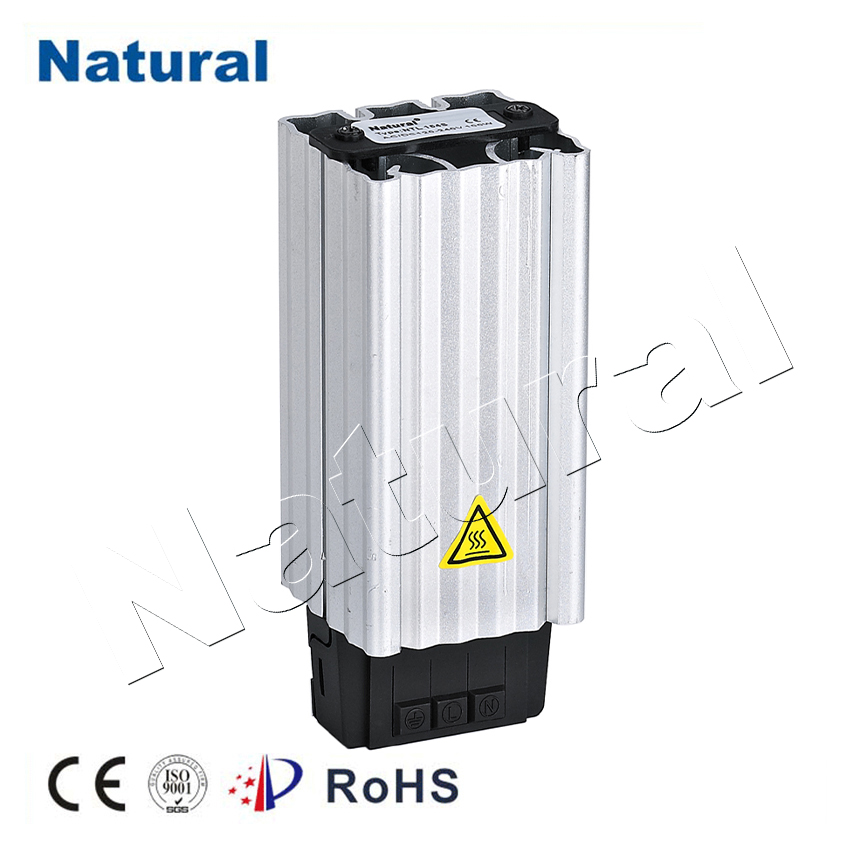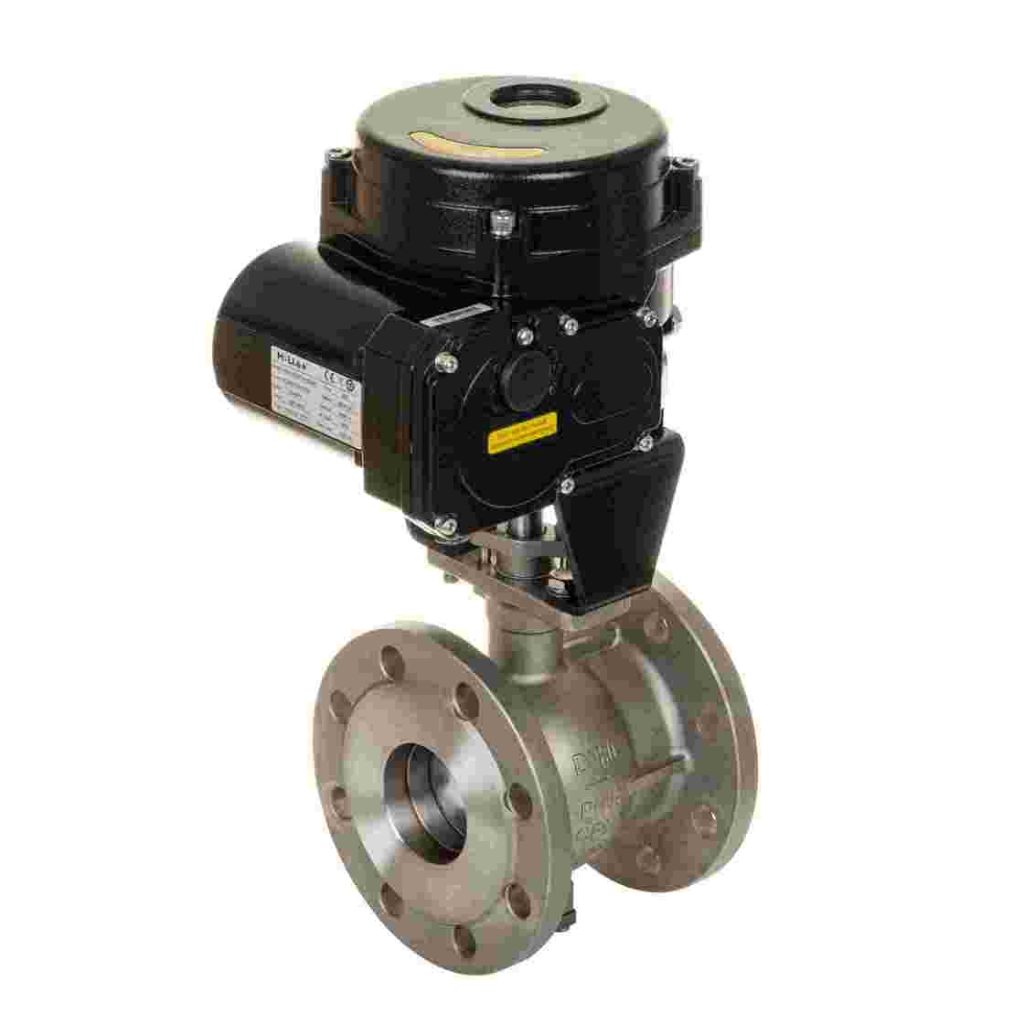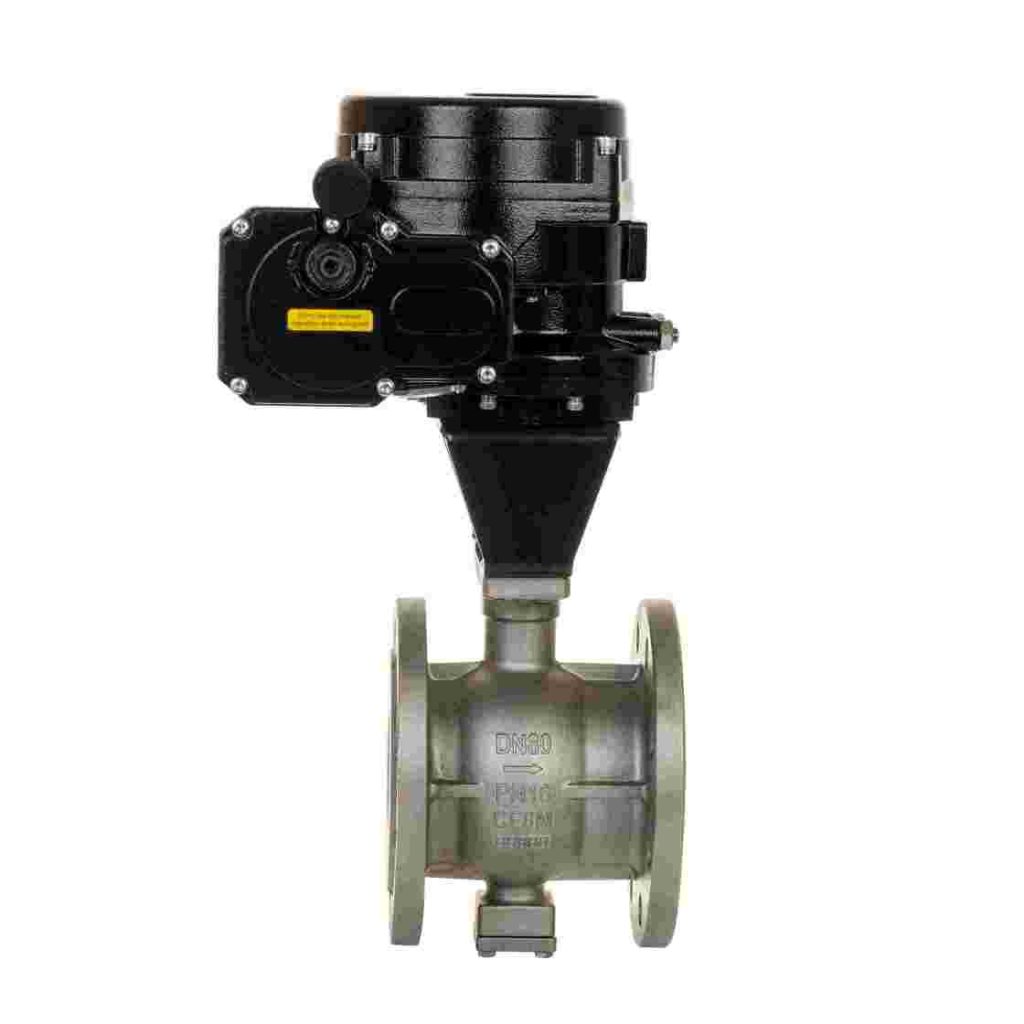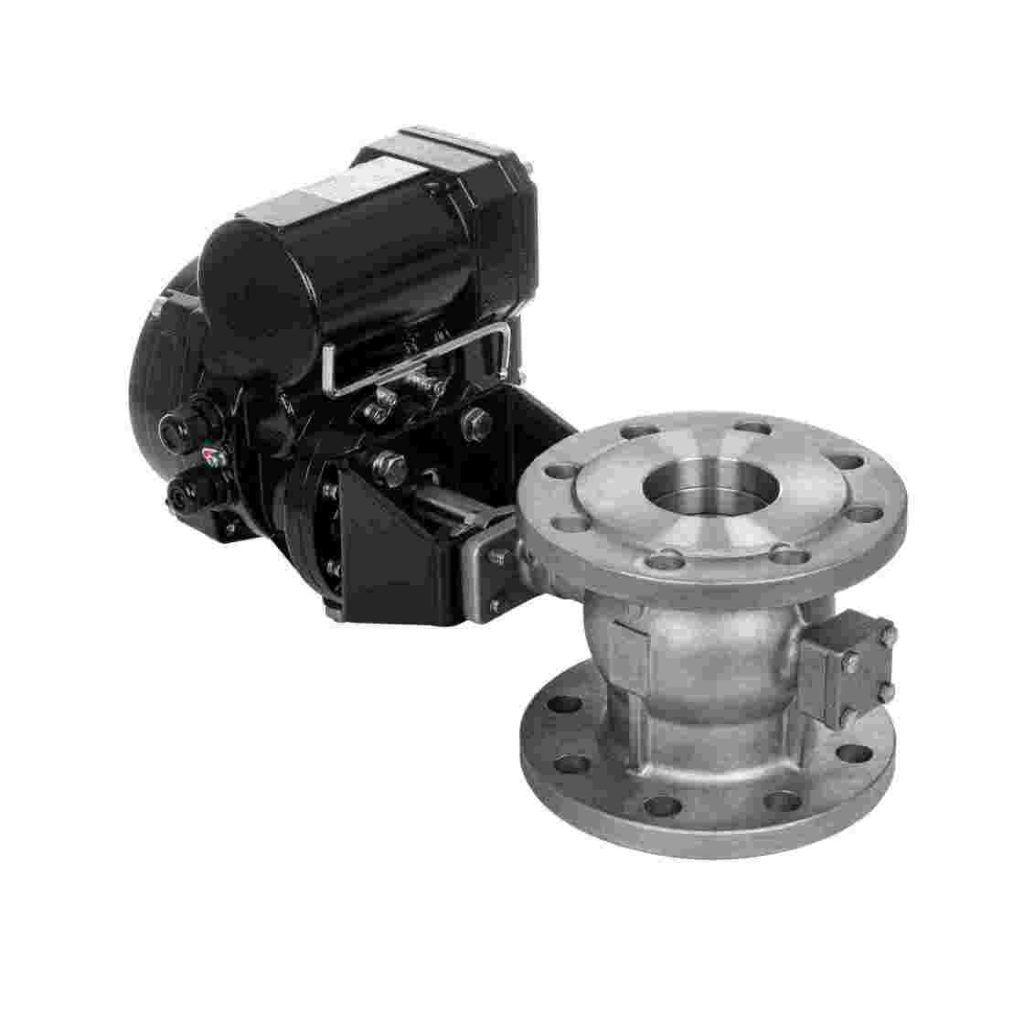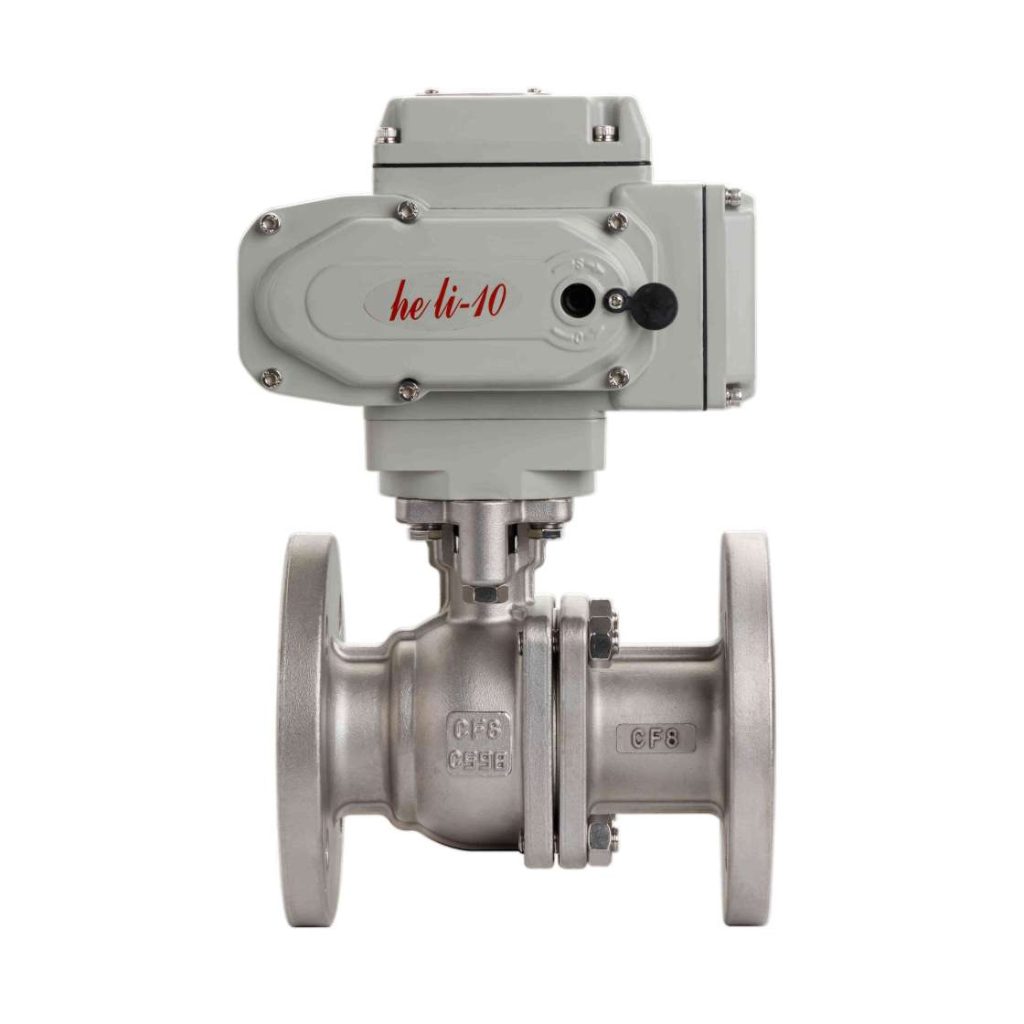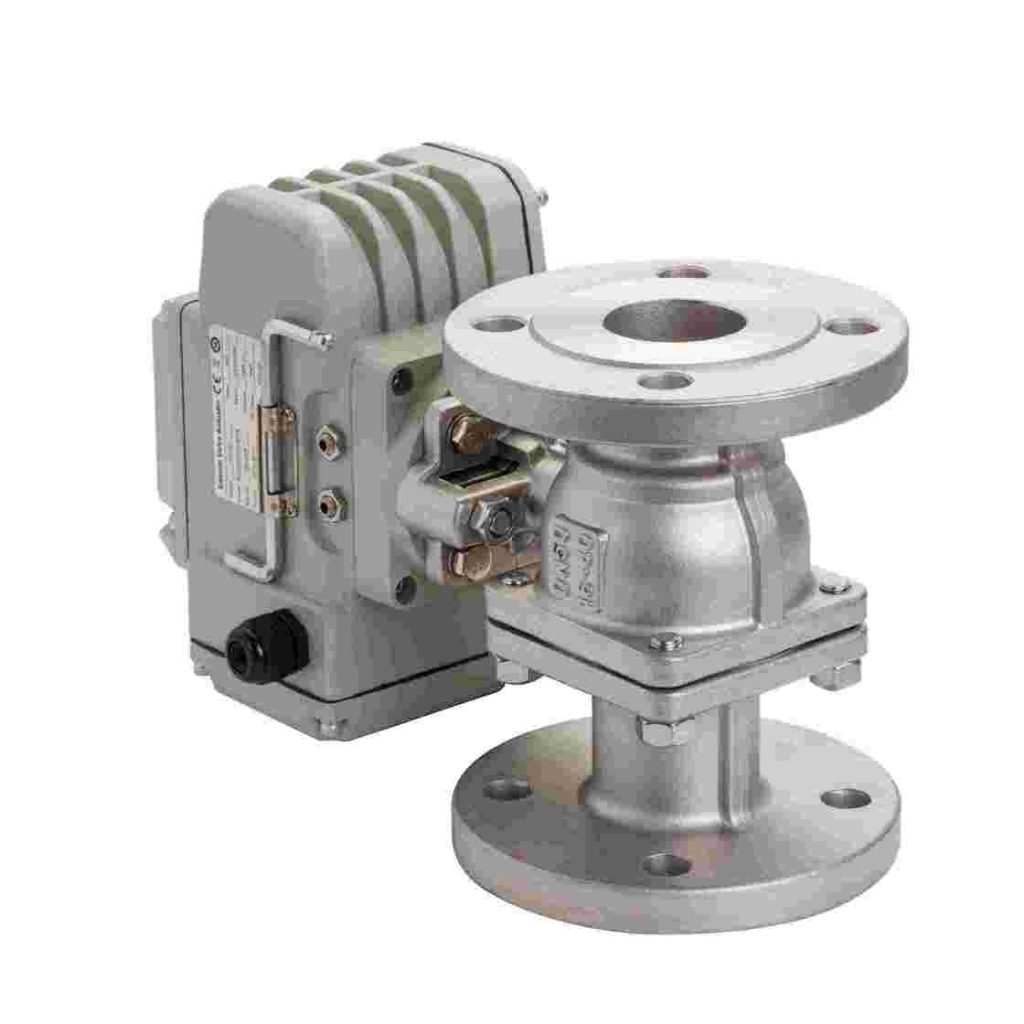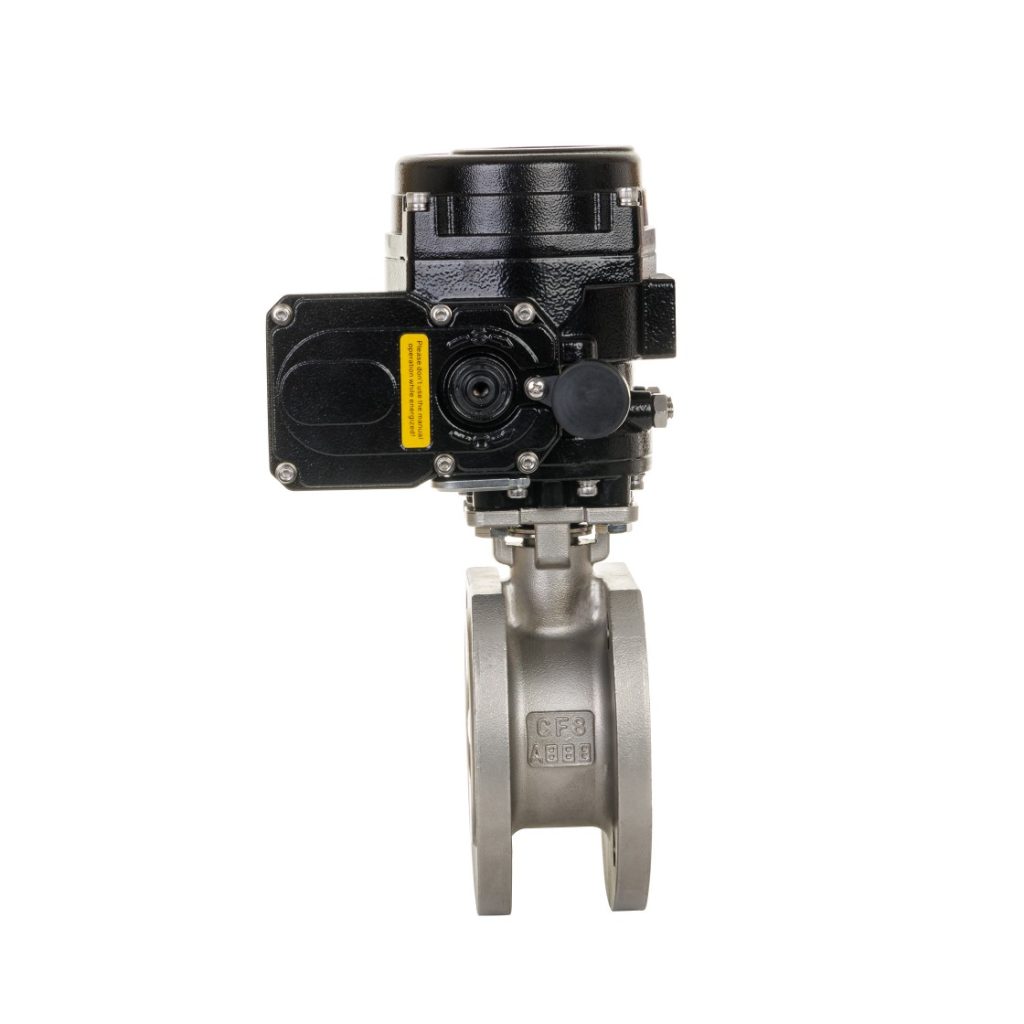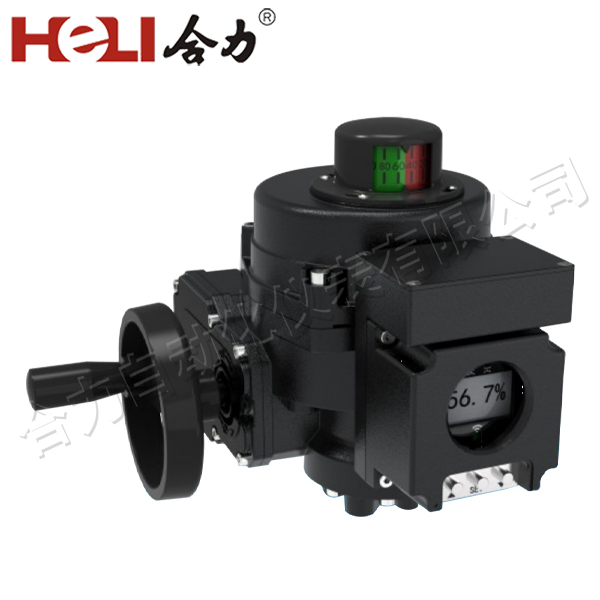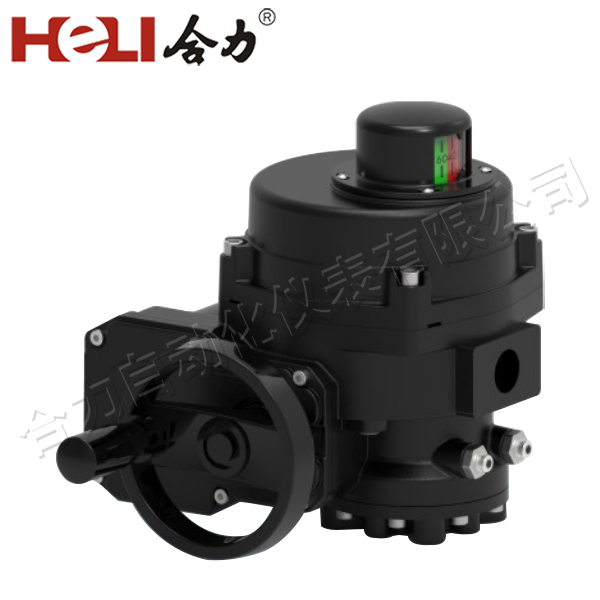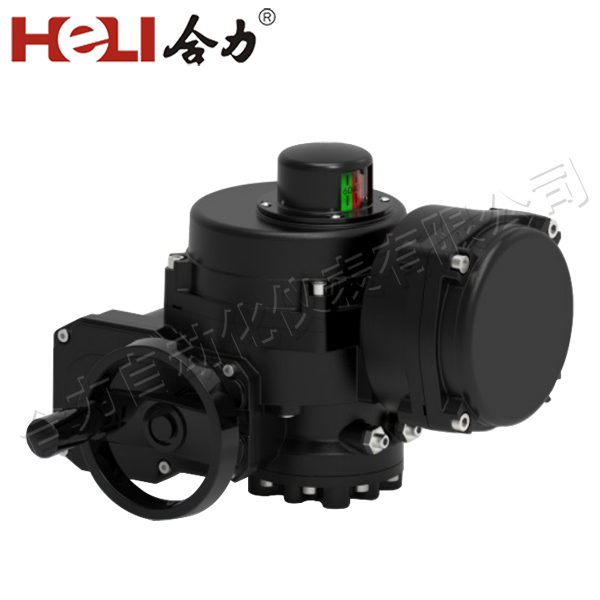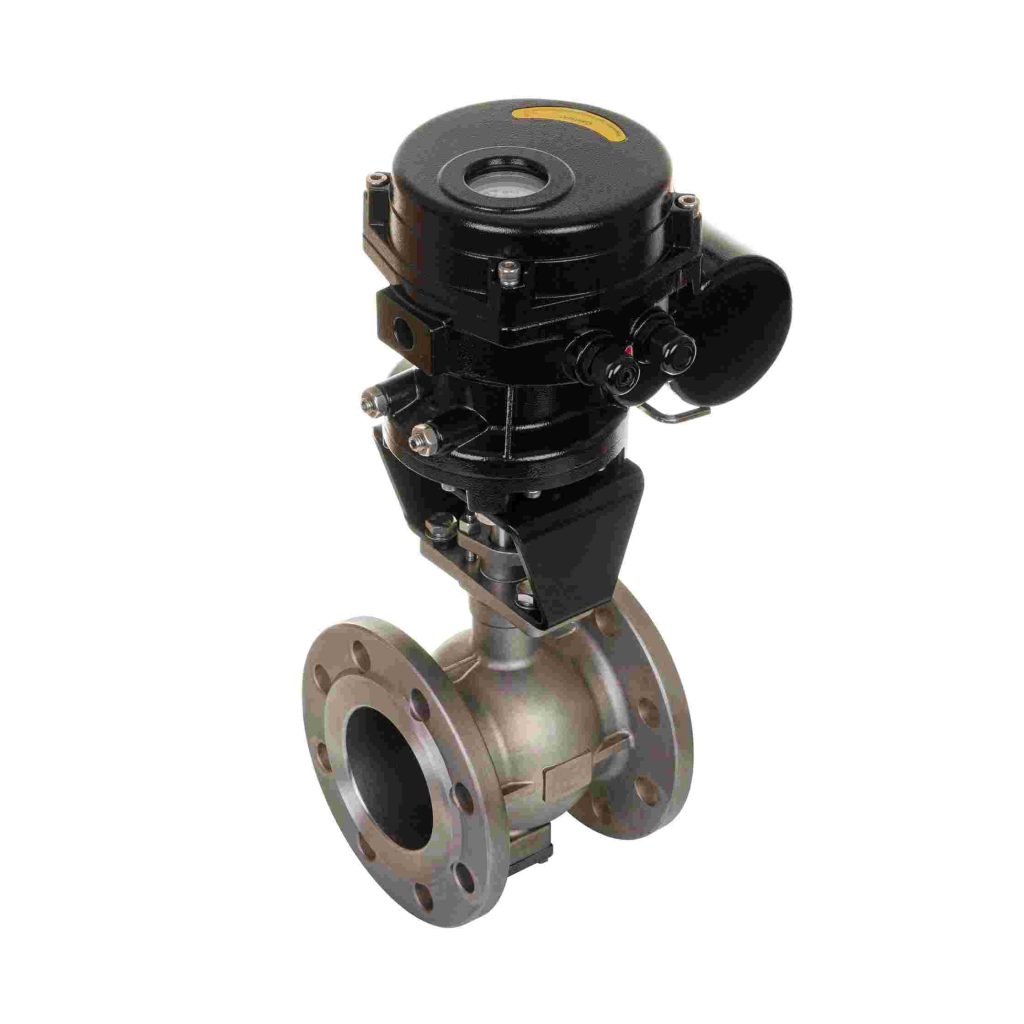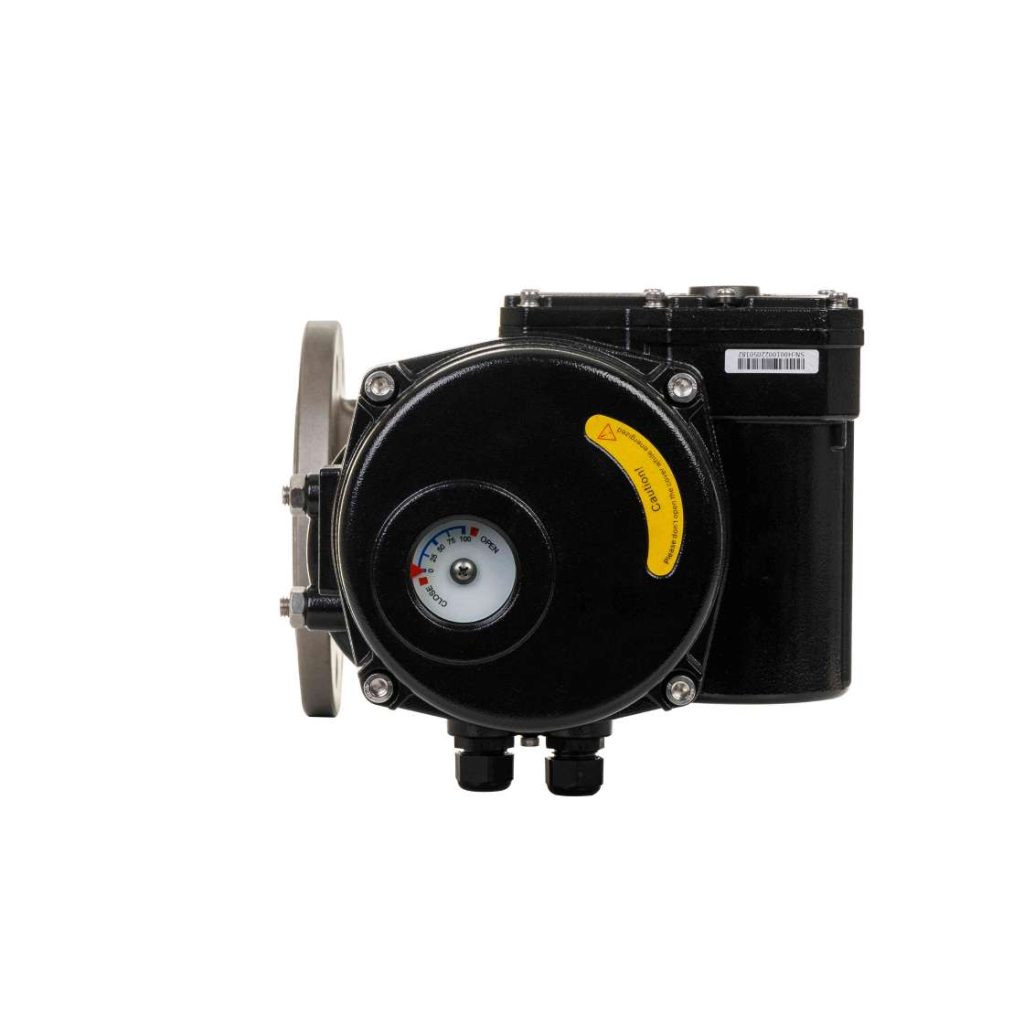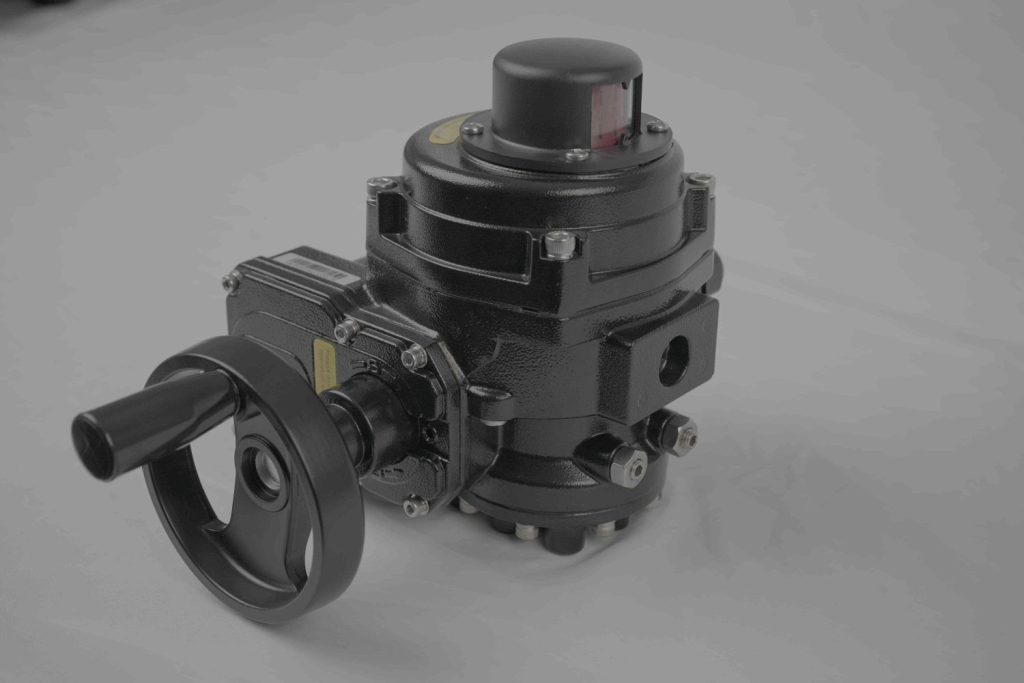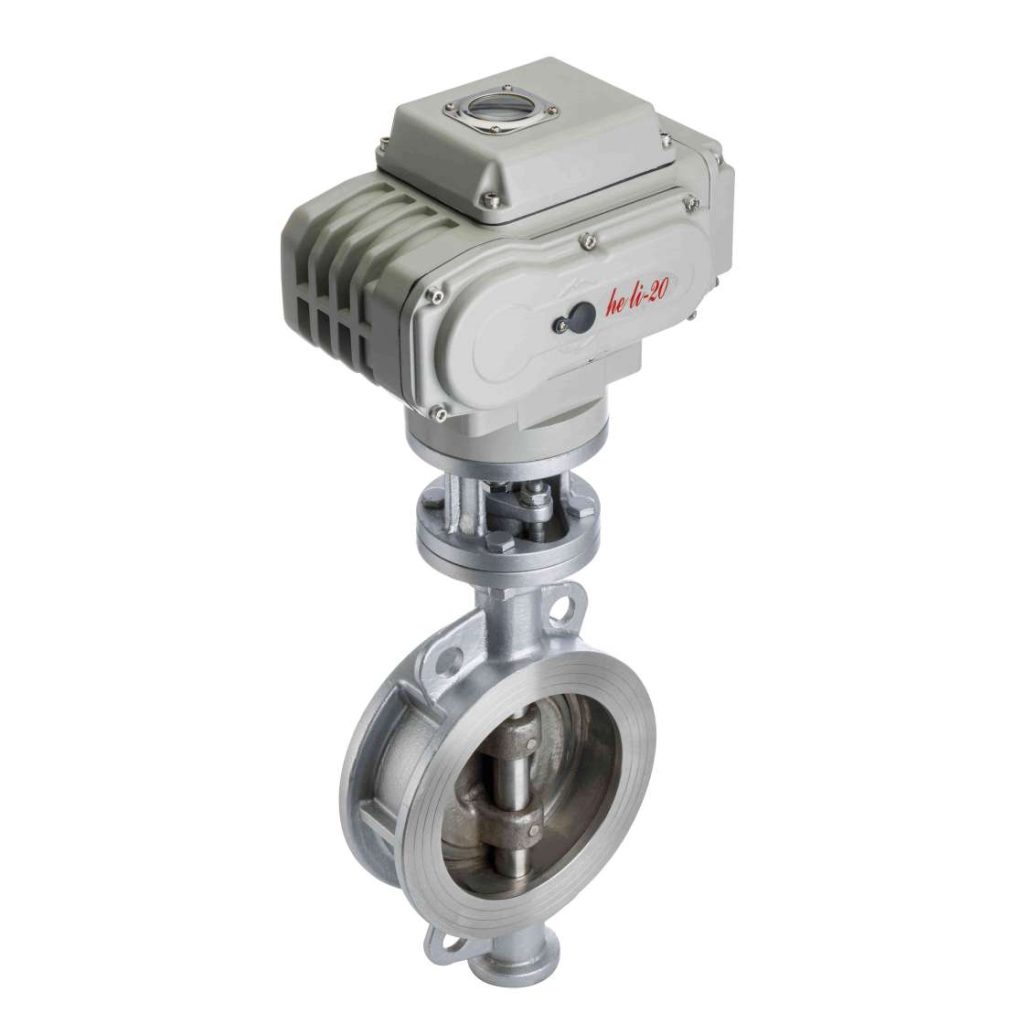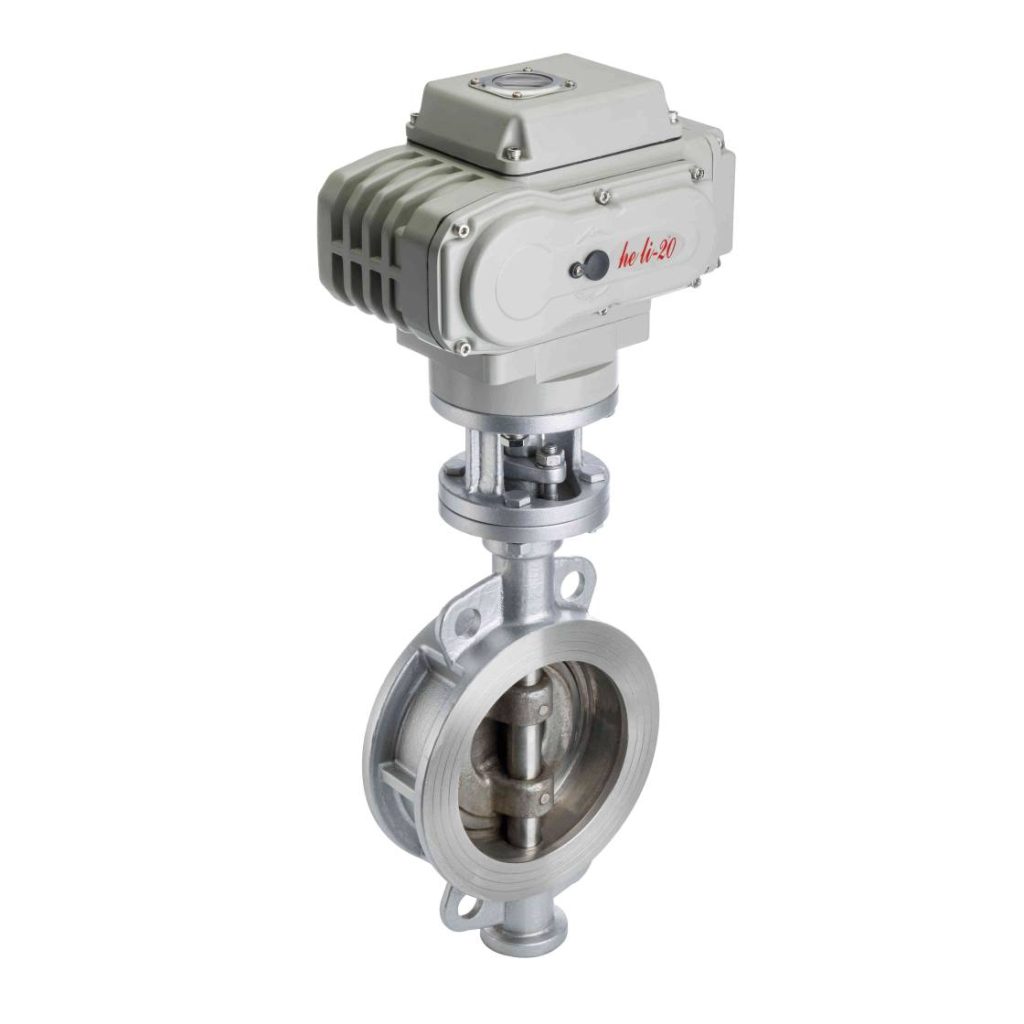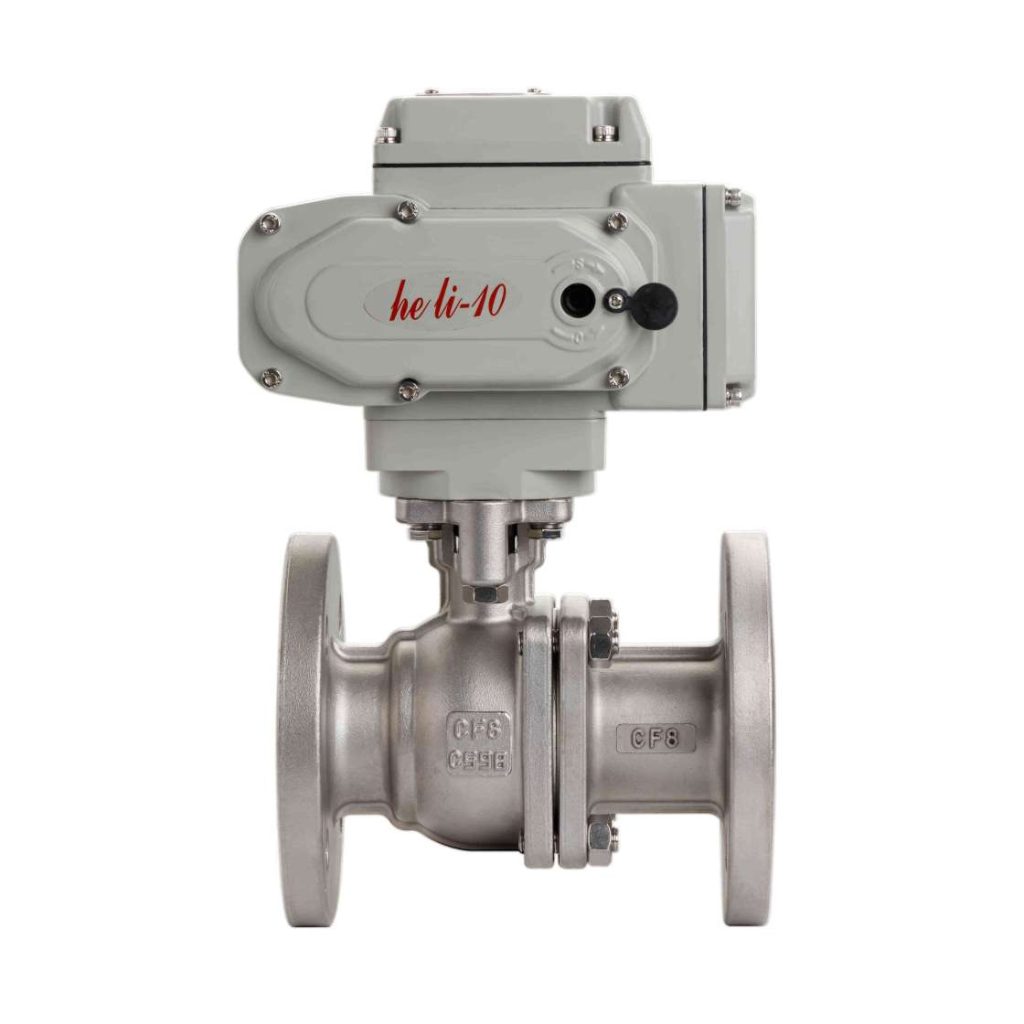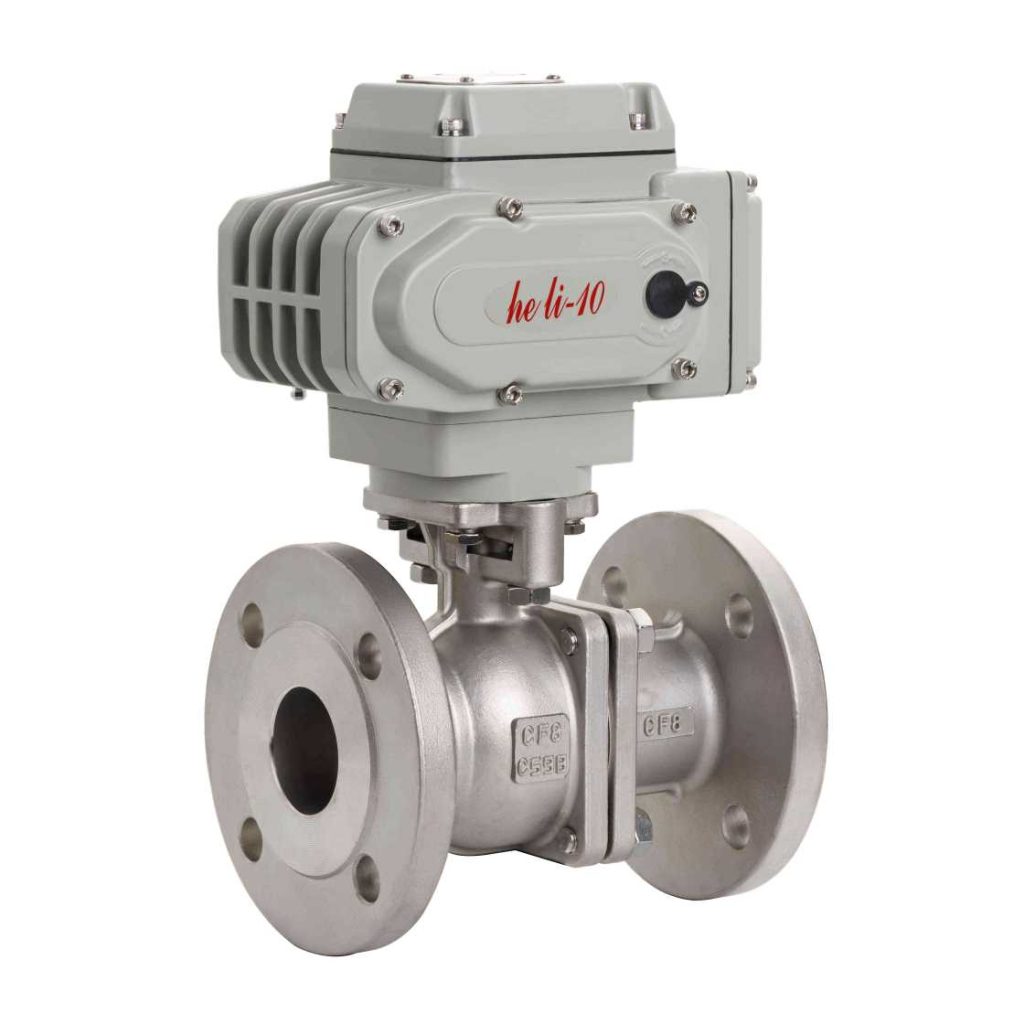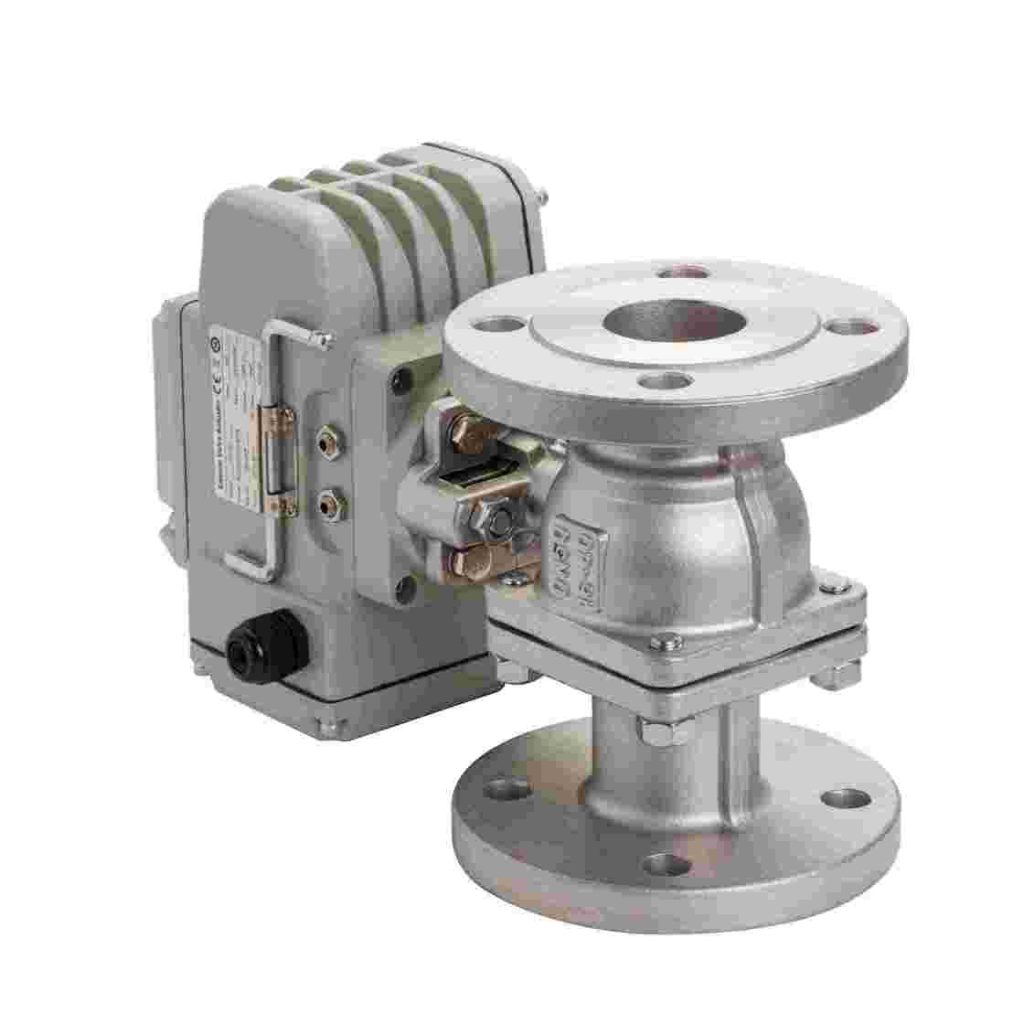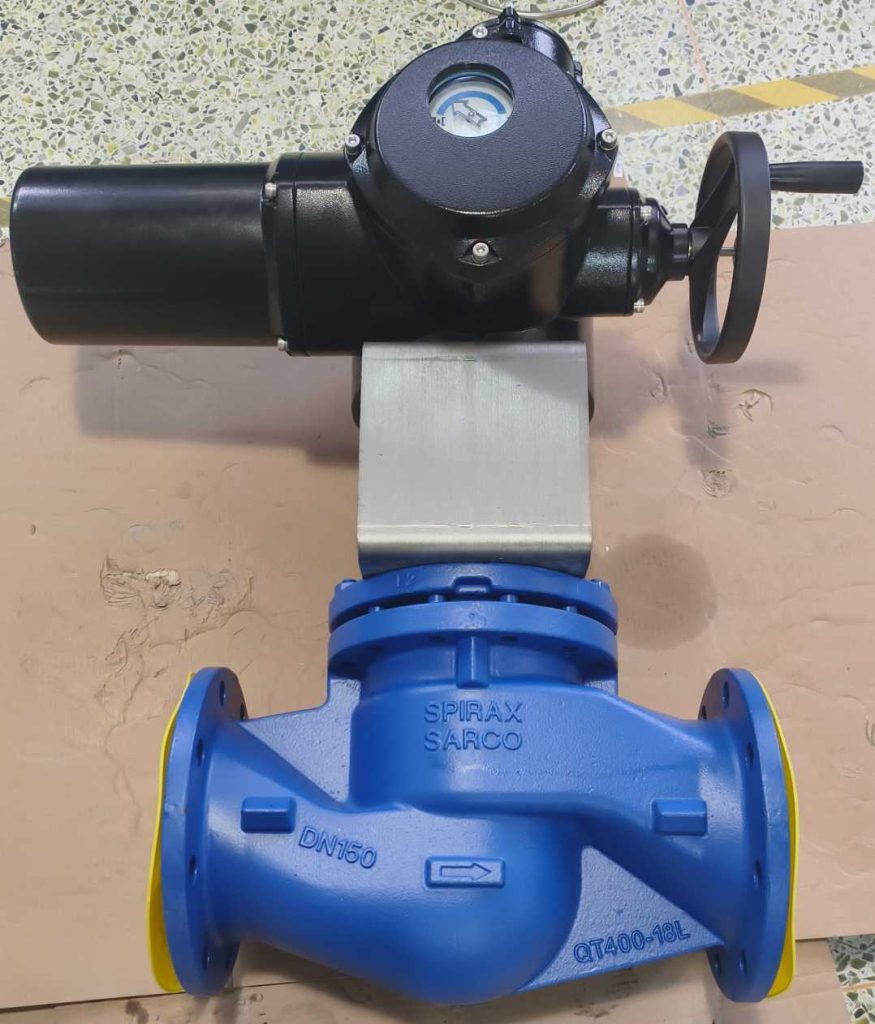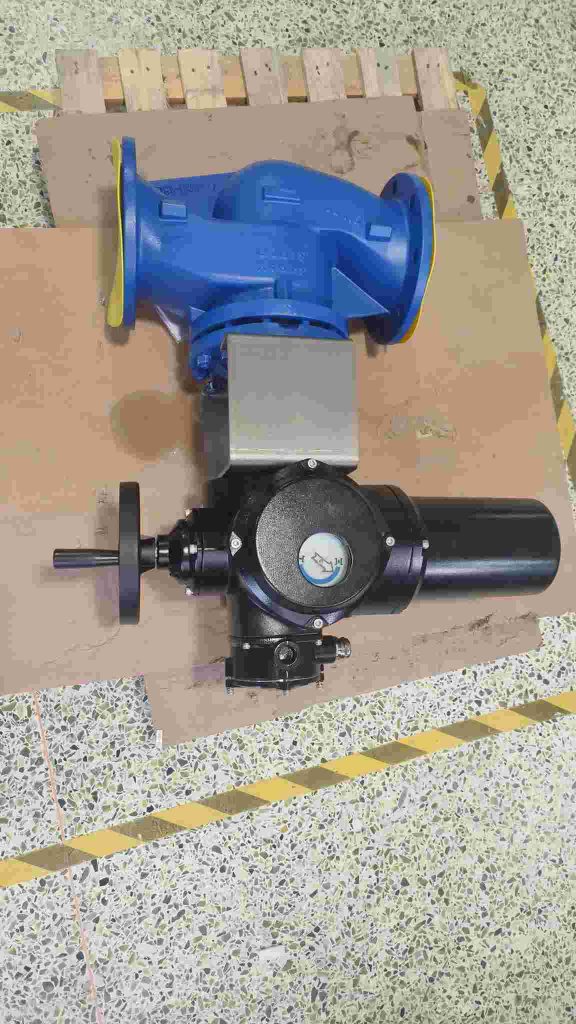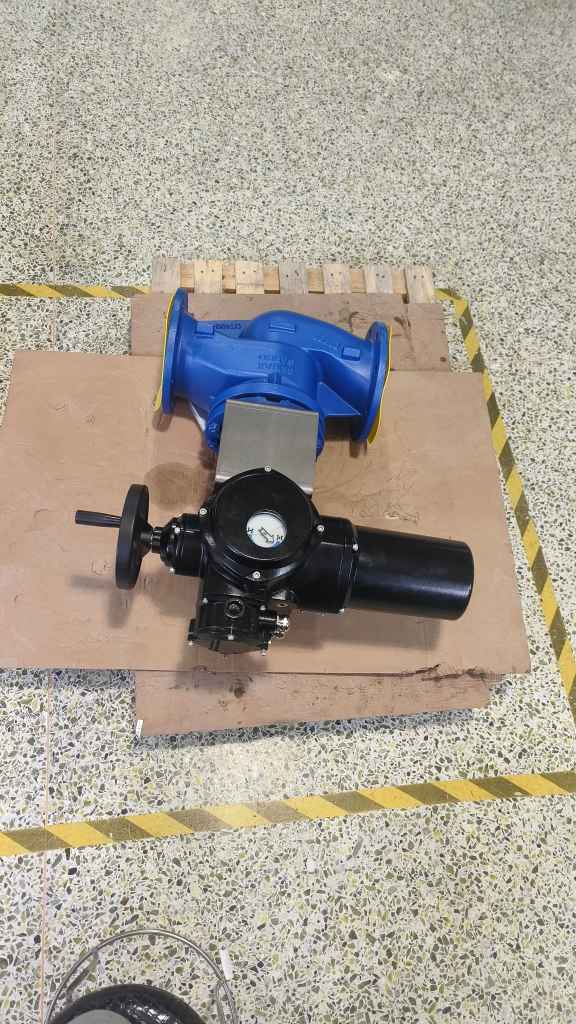In the industrial world, maintaining the right temperature is crucial for the efficiency, safety, and productivity of various manufacturing processes. One of the essential components that help ensure this is the factory heater. Whether in the form of air heaters, radiant heaters, or steam-based heating systems, these devices are indispensable in keeping the working environment at optimal conditions. In this article, we will explore the different types of factory heaters, their applications, and why they are so vital for the smooth operation of industrial facilities.
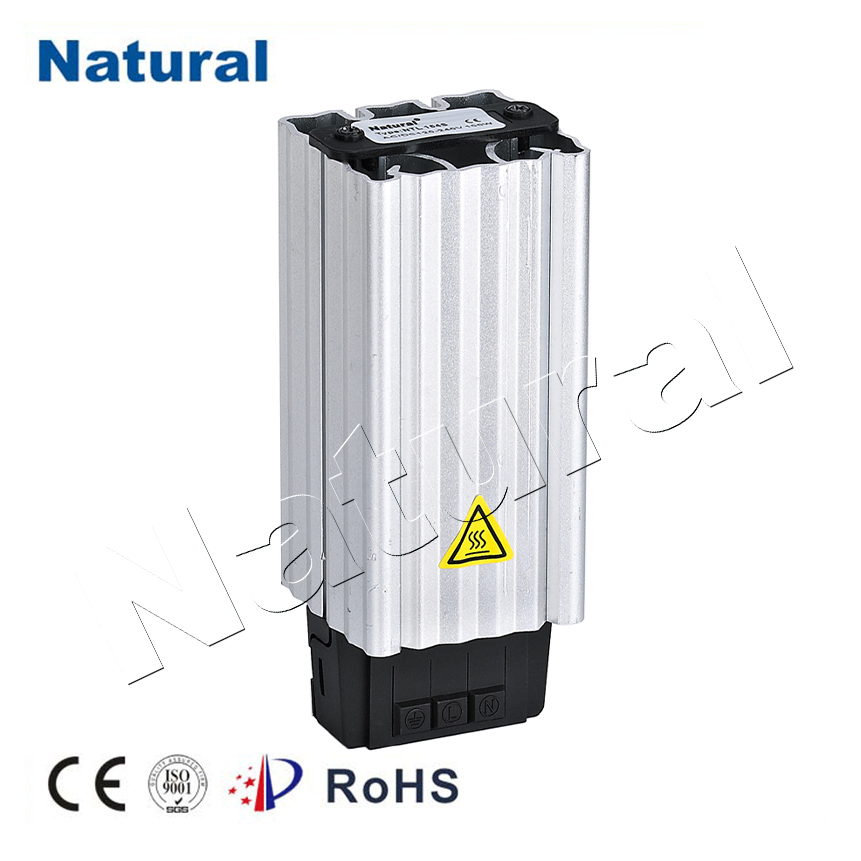
Types of Factory Heaters
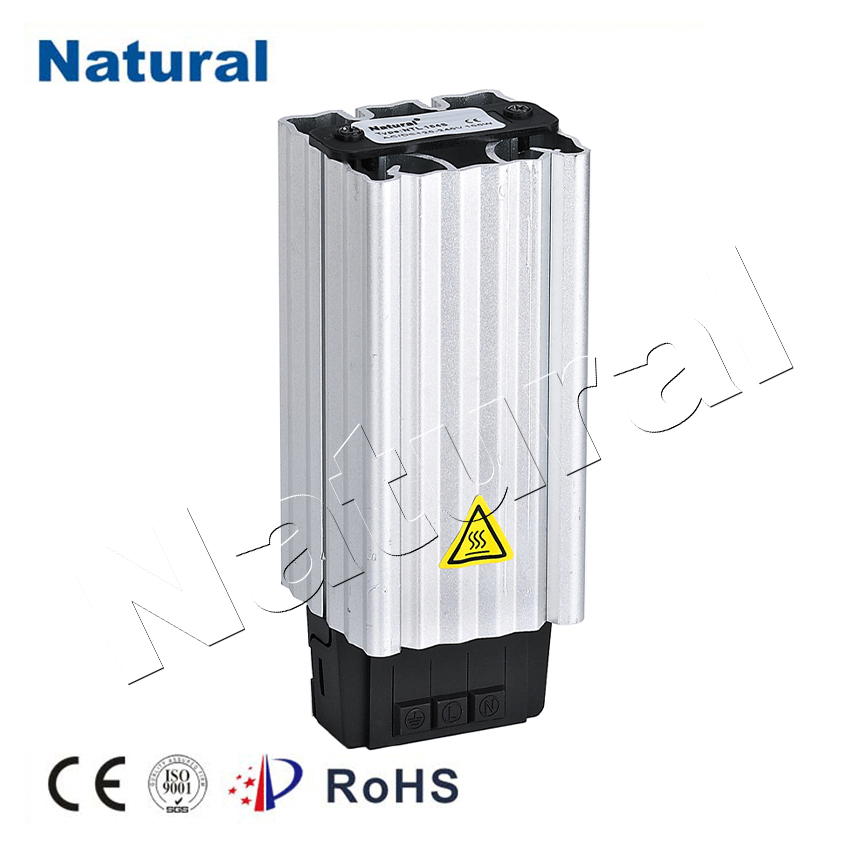
Factory heaters are diverse in their design and operation, catering to the unique needs of different industries. The choice of heater depends on factors such as the size of the factory, the specific processes involved, and the energy efficiency requirements. Air Heaters: These heaters are commonly used in larger spaces such as warehouses, assembly lines, and open factory floors. Air heaters function by warming the air and distributing it across the space through a series of ducts or fans. This type of heater is beneficial in areas where a consistent temperature needs to be maintained throughout the day.
